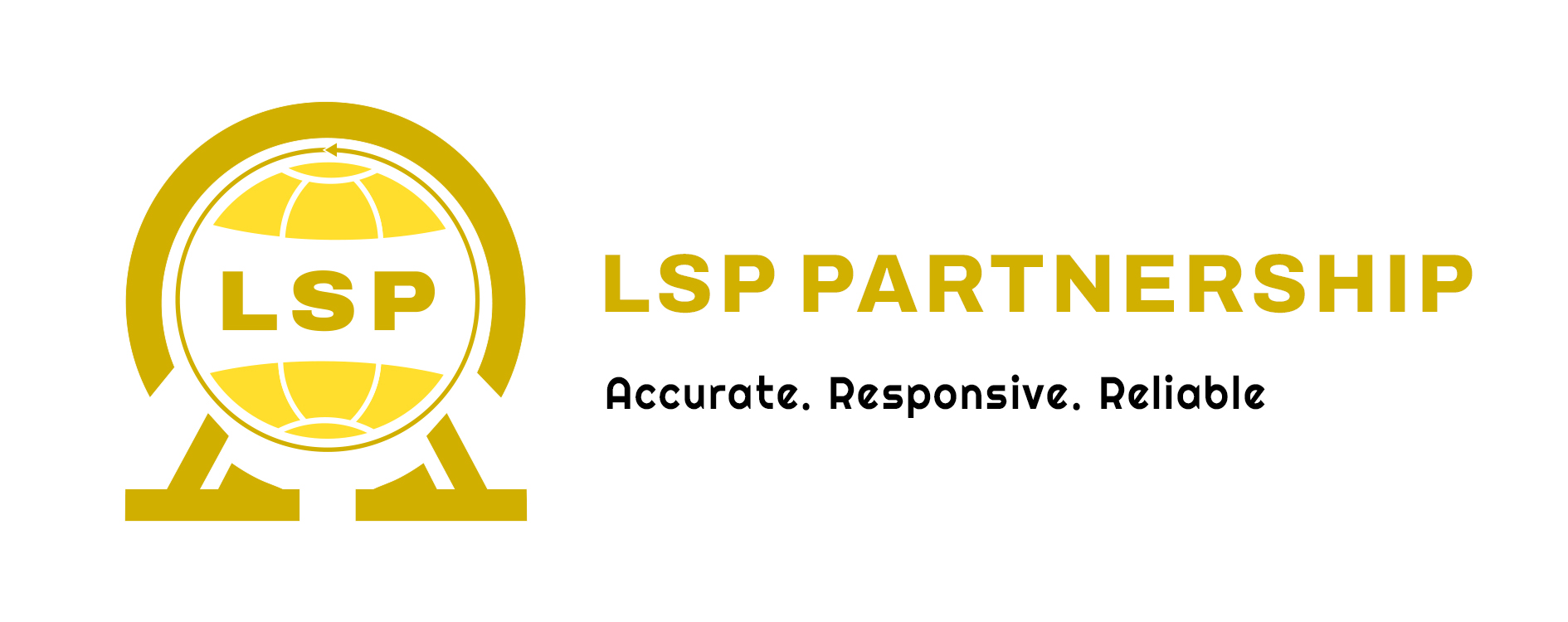Well-known marks are trademarks widely recognized by the public due to its acclaimed reputation, suggestive nature, and great attractiveness. In Indonesian law, the Minister of Law and Human Rights Regulation Number 67 Year 2016 on Trademark Registration and the Ministerial Decree of the Republic of Indonesia No. M.03-HC.02.01 of 1991 define a well-known mark. According to these regulations, a trademark is well-known if the goods associated with it are popular among the public domestically and abroad. This definition is significant because a well-known mark receives elevated protection. An example is the ZOOM v. ZOOM trademark case involving Kabushiki Kaisha Zoom from Japan and Zoom Video Communication, Inc. from the United States. In this case, LSP PARTNERSHIP represents Kabushiki Kaisha Zoom.
A Clash of Trademarks
Kabushiki Kaisha Zoom, a notable Japanese technology company, began its operations in Indonesia in the multimedia product industry by registering the trademark “ZOOM” in 1996 for goods in classes 09 and 15. In 2021, Zoom Video Communications, Inc., a company that gained prominence during the digital transformation era, applied for a trademark for goods and services in classes 09 and 42. To protect their existing trademark, Kabushiki Kaisha Zoom opposed this application, claiming exclusive rights to the “ZOOM” mark. They argued that their trademark is well-known and should be the only one used in these classes. The Indonesian Trademark Office (TMO) ultimately rejected Zoom Video Communications, Inc.’s application, citing the prior registration by Kabushiki Kaisha Zoom.
Capitalizing the Rights
![]()
Kabushiki Kaisha Zoom, having successfully opposed the trademark application, decided to register its own “ZOOM” service mark. The trademark application is filed under class 42. Zoom Video Communication, Inc. then filed an opposition against this registration. Interestingly, the Indonesian TMO had previously refused Zoom Video Communication, Inc.’s “ZOOM” mark for class 42. The ground of refusal is similarity to Kabushiki Kaisha Zoom’s well-known “ZOOM” mark. Additionally, Zoom Video Communication, Inc.’s “ZOOM” trademark applications in class 42 have been refused in several countries. The countries are Brazil, Egypt, India, Korea, Mexico, Norway, New Zealand, Thailand, and Turkey. This puts Zoom Video Communication, Inc. in a weaker position. Consequently, the TMO allowed Kabushiki Kaisha’s “ZOOM” trademark to be registered. The main reason is that the opposition was based on the “ZOOM ROOMS” mark with registration number IDM000925179. The Indonesian TMO viewed that pronunciation of “ZOOM” and “ZOOM ROOMS” is indeed different.
Conclusion
A registered trademark owner has the right to prohibit unauthorized use of their trademark. Law Number 20 Year 2016 on Marks and Geographical Indications allows any party to oppose a trademark registration application. However, there is a distinction between ordinary trademarks and well-known marks. According to Article 21, a trademark is registrable if it is substantially similar or identical to a registered trademark, provided the goods and/or services do not overlap. This does not apply to well-known marks. If a registered mark is well-known, an application for a similar mark can be refused, even if it covers different goods and/or services. The “ZOOM” trademark case illustrates that well-known status gives a significant advantage for trademark owners.







